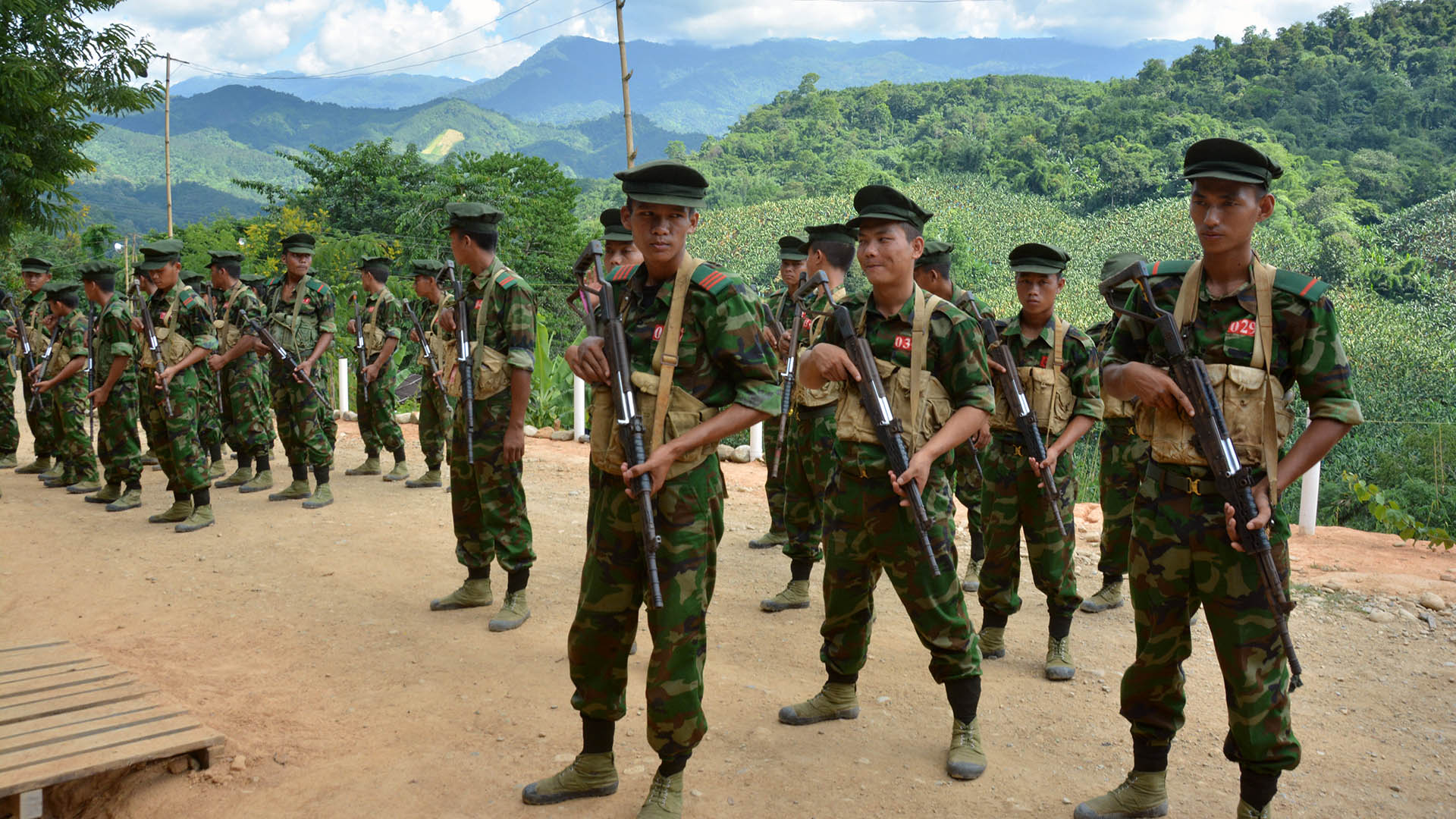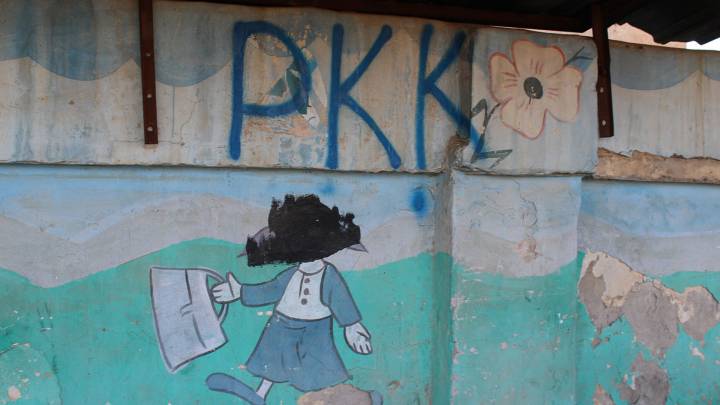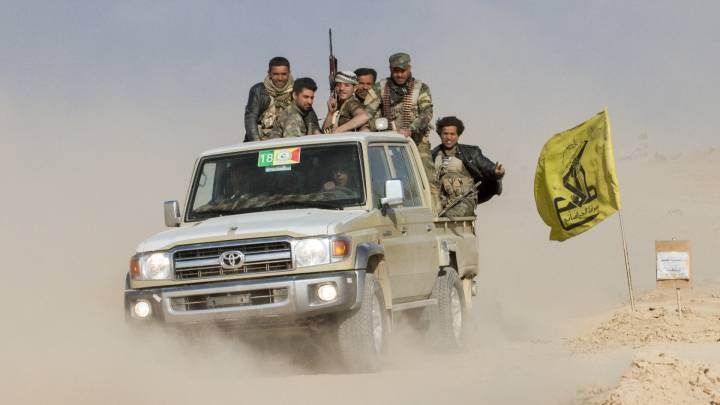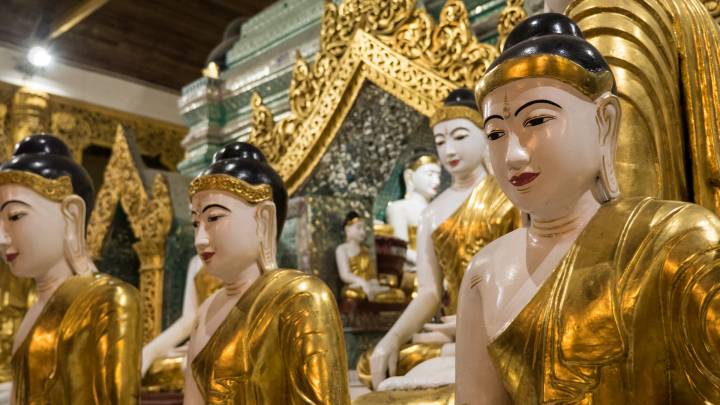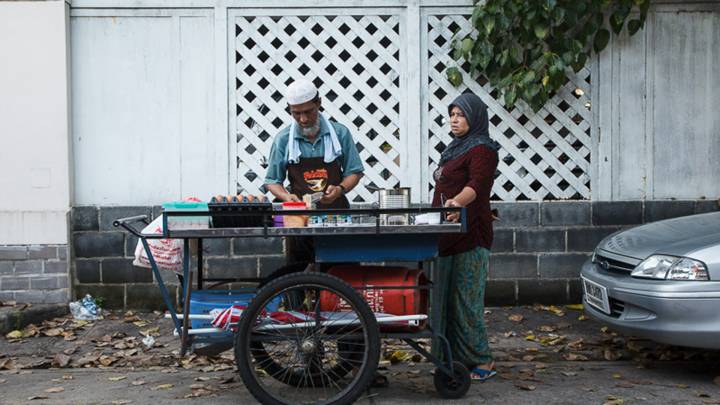Myanmar’s junta has been on the back foot for quite some time now. The militias waging a civil war against the central government are gaining ground and start to plan the post-war order. Yet one ethnic minority remains marginalized.
Myanmar’s generals do not have much to celebrate these days. February 1st did present an occasion for any Putschists in a particularly festive mood: the three-year anniversary of the military coup. The 2021 takeover of the elected government of Nobel Peace Prize laureate Aung San Suu Kyi permanently ended the generals’ brief flirt with democratic governance. Ever since, the conflict between the Tatmadaw, as the military is known, and regional ethnic insurgents dominates life in Myanmar.
Outside of the central strongholds of the ethnic Burmese, the Bamar, militias fighting the junta dominate the country. The lines between ethnic liberation armies and criminal gangs are blurred: many of these organizations are involved in drug production or illegal resource extraction, but also fight for self-determination. The Tatmadaw’s at times arbitrary attacks on civilians–including, allegedly, the use of chemical weapons–have eroded its support with the rural population. Instead, it is the various regional ethnic militias going on the offensive. Many of them pledge their allegiance to the National Unity Government, the NUG, and its aspiration to transform Myanmar into a federal democracy.
That goal is still a long way off. So far, the clashes have not seriously threatened the Bamar heartland, that the Tatmadaw continues to control. Nevertheless, new developments in Western Myanmar, on the border with Bangladesh and India, illustrate how the dynamics of the conflict have shifted in recent months. Since October 2023, an ethnic militia has made significant inroads in Rakhine–the epicenter of the genocide against the Rohingya–in its struggle with the junta. In Chin state, the eponymous ethnic group has managed to organize itself politically. After the establishment of the Chinland Council, it has drawn up its own constitution and designated its own government.
Rakhine reflects the changing course of the civil war. Coordinated attacks by ethnic liberation armies have engaged the Tatmadaw on multiple fronts. The Arakan Army militia has conquered many townships in Rakhine, and controls large stretches of the border with Bangladesh since January. Videos of military policy deserting and fleeing across the border to Bangladesh demonstrate the junta’s immense loss of control in Myanmar’s periphery and explain why Bangladeshi foreign policy prioritizes stability in Rakhine.
The lawlessness on the other side of the porous border is a major headache for Dhaka. Bangladesh wants to keep skirmishing armies, criminal organizations, and refugees as far away from its borders as possible. With militias gaining ground across Myanmar, the country’s neighbors are increasingly reaching out to the local ethno-military organizations to talk security.
Central to Bangladesh’s concerns is the risk of further waves of refugees. The country already hosts over a million Rohingya, who are targeted disproportionately in the border region. Aided by Rakhine’s Buddhist majority, the central government has for decades pursued a campaign of killings, sexual abuse, and ethnic cleansing. Whether the government’s actions against the Muslim minority in 2016-2017 constitute genocide, is currently being tried at the International Court of Justice in The Hague.
The situation has not changed much since the coup d’état: “Over 130,000 refugees are confined to what are in effect concentration camps in Rakhine,” summarizes Nay San Lwin the status quo. “The junta indiscriminately kills civilians, while the Arakan Army is setting up camp in Rohingya villages,” the founder of the “Free Rohingya Coalition”, an activist group, explains. Both sides willingly sacrifice the Rohingya as collateral damage because of the Rohingya’s position in Myanmar’s ethnic landscape, as other groups label the Rohingya “foreigners.”
The broader dynamics shaping the conflict in Rakhine are manifest across Myanmar. The ethnic minorities in Myanmar’s periphery operate in a power vacuum. This allows them to create state-like structures, financed by illegal economic activities and enabled by the distance to the Bamar heartland, which the junta’s central state still controls. Rakhine’s Arakan Army exemplifies this characteristic of Myanmar’s ongoing fragmentation: groups like the Wa or the Ta’ang are pursuing similar strategies on the border with China. In Chin state, the relationship with India is equally important. These exchanges are enabled by close ethnic and cultural ties to the neighbors–ties, that are often closer than to the Bamar.
That the provinces are so remote and hard to reach is a major problem for the junta, limiting its control and influence where the ethnic minorities oppose cooperation. The military almost exclusively targets the militias with airstrikes, as ground operations have proven to be too complicated. Myanmar’s pre-war bureaucratic structures also depended on consent and cooperation by the local peoples. That support has crumbled: Today, many civil servants refuse to collaborate with the Tatmadaw, instead working with the self-governing parallel institutions their ethnic compatriots have built.
The political aspirations of militias like the Arakan Army are being put into practice in neighboring Chin state. The insurgency against Myanmar’s central government in the province dates back to at least the 1980s. Members of parliament from Chin were lucky enough to avoid arrests during the 2021 coup and have since joined forced with the militants in their home state. This mix of strong ethnic identity, effective guerilla warfare, and legitimate civil society representation has enabled political coordination.
These developments coalesced in early December last year. 235 participants from different corners of Chin state, but also from the diaspora, came together at Camp Victoria, the militia headquarters. They passed a temporary constitution, and tasked a council with establishing executive, judicative and legislative institutions. Militia representatives and former MPs make up the government, which includes a ministry of foreign affairs. This hotline to India is meant to strengthen Chinland’s legitimacy, while undermining New Delhi’s trust in the Tatmadaw.
The democratic makeup is not wholly inclusive, though. While the Chinland Council represents diverse ethnic groups, some militias have refused to join. The logistical challenges of fighting a war mean that township representatives are currently incapable of joining Chinland parliament, as envisioned in the constitution. A permanent constitution is due to be adopted in two years, when Chinland is supposed to merge with a federal, democratic Myanmar. Accordingly, the template for Chinland’s institutions mirrors the NUG’s political structure.
Yet the important role military organizations play in assuring Chinland’s political future might also endanger the democratic project entirely. Paying lip service to democracy certainly serves the short-term military interest of the militias because it would guarantee the support of the general public, irrespective of their genuine commitment to democratic institutions. That is the reason why the pro-democratic diaspora is actively working on strengthening civil society as an important counterweight to the militias.
Across the country, diaspora communities are important to the NUG’s democratic vision. Militias like the Arakan Army can bog down the army in regionalized conflicts, collectively maybe even defeat it. But they cannot offer a political roadmap for a post-junta Myanmar. The NUG builds on the institutional legacy of the pre-coup system: many of its leaders are former MPs who live in exile or have gone underground. It has also awarded symbolic posts to incarcerated leaders of the pro-democracy movement, including its figurehead, Aung San Suu Kyi. The NUG demands a federal democratic system, including self-determination for all of Myanmar’s peoples, free elections, and minority rights.
In contrast to the pre-coup era, such a political system would be significantly less centralized. After all, the insurgents explicitly fight to curb the Tatmadaw’s tight grip on Myanmar’s society. Chinland’s constitution also implies a new division of labour between federal and state governments. The novel political identities, institutions, and economic systems that the armed insurgencies are spawning are highly localized, weakening federal authorities and institutions.
A federal democratic system would improve the lives of many Burmese, with one notable exception: the Rohingya would most likely remain marginalized. “The NUG does not recognize the Rohingya as an indigenous ethnic group,” criticizes Nay San Lwin of the “Free Rohingya Coalition” activist group.
And while it spearheads the democracy movement and actively works to build democratic institutions, the NUG is also reliant on the militias fighting the Tatmadaw on the ground. The militias have the power to derail the vision of a democratic federation, should they choose to. Getting them to relinquish control of rare earths or cease drug production, two hard-fought, lucrative sources of income, is going to be a tall order.
